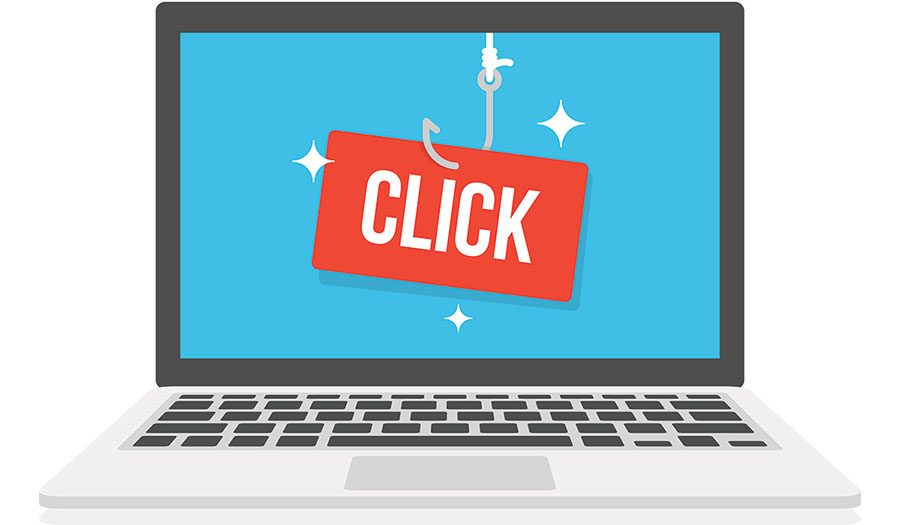How to Spot a Fake Article
March 23, 2017
Nowadays, anyone can write an article angled towards their views and agendas. This is wrong because facts are often left out and things are taken out of context to help paint a particular picture. In some cases, the statements made in an article are 100% false.
Check the URL:
The first thing you should do when reading an article is check the URL address. Look for semi-recognisable logos for media companies like ABC or CBS. It’s very easy to be fooled by URL’s however. For example, “abcnews.com” is a credited source for information while “abcnews.com.co” is a fake news site.
Check the author, date, and publisher:
It’s always smart to learn who the author of an article is especially if you would like to cite it as a source for research. It’s important to understand the author’s background to know whether they’re credible as a writer and also to get an understanding of their opinions. Some writers are known to be very upfront about their views and often use bias in their work.
The date on an article will allow you to know how relevant that information is for today. Often times, fake news articles will cite studies and statistics from a long time ago to try and fool readers into believing the information is relevant.
Look for quotes:
If the article you’re reading is about a very controversial subject, it’s likely to have a lot of quotes from a lot of different people. It’s important to note the number of quotes and the number of people quoted. It’s generally okay to assume that if there’s less people quoted, there’s less diversity in an article making it one-sided.
If it’s too good to be true, it probably isn’t:
Fake news writers are particularly good at tapping into the emotions of many readers with the titles of their headlines. Some advertisements will promote a diet that will help you lose 20 lbs. In one week. Even though we know this isn’t true, many people fall for the headlines out of desperation. The same goes for something that easily gets you upset.
While it is sometimes hard to figure whether an article is true or false, it’s steadily becoming an important skill to have in today’s world. Just remember to check for Google Ads watermarks and if they’re trying to sell you a product, it’s not news.



